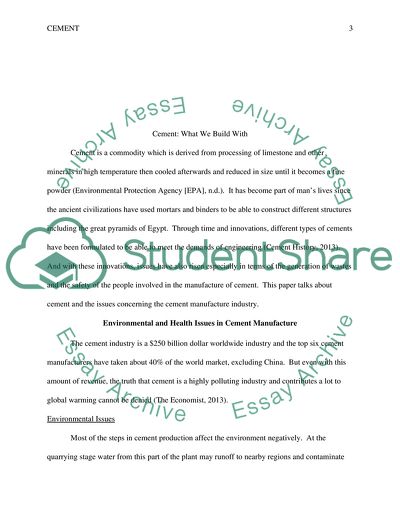Cite this document
(Cement Manufacture Essay Example | Topics and Well Written Essays - 1500 words - 3, n.d.)
Cement Manufacture Essay Example | Topics and Well Written Essays - 1500 words - 3. https://studentshare.org/chemistry/1813596-biology
Cement Manufacture Essay Example | Topics and Well Written Essays - 1500 words - 3. https://studentshare.org/chemistry/1813596-biology
(Cement Manufacture Essay Example | Topics and Well Written Essays - 1500 Words - 3)
Cement Manufacture Essay Example | Topics and Well Written Essays - 1500 Words - 3. https://studentshare.org/chemistry/1813596-biology.
Cement Manufacture Essay Example | Topics and Well Written Essays - 1500 Words - 3. https://studentshare.org/chemistry/1813596-biology.
“Cement Manufacture Essay Example | Topics and Well Written Essays - 1500 Words - 3”. https://studentshare.org/chemistry/1813596-biology.


